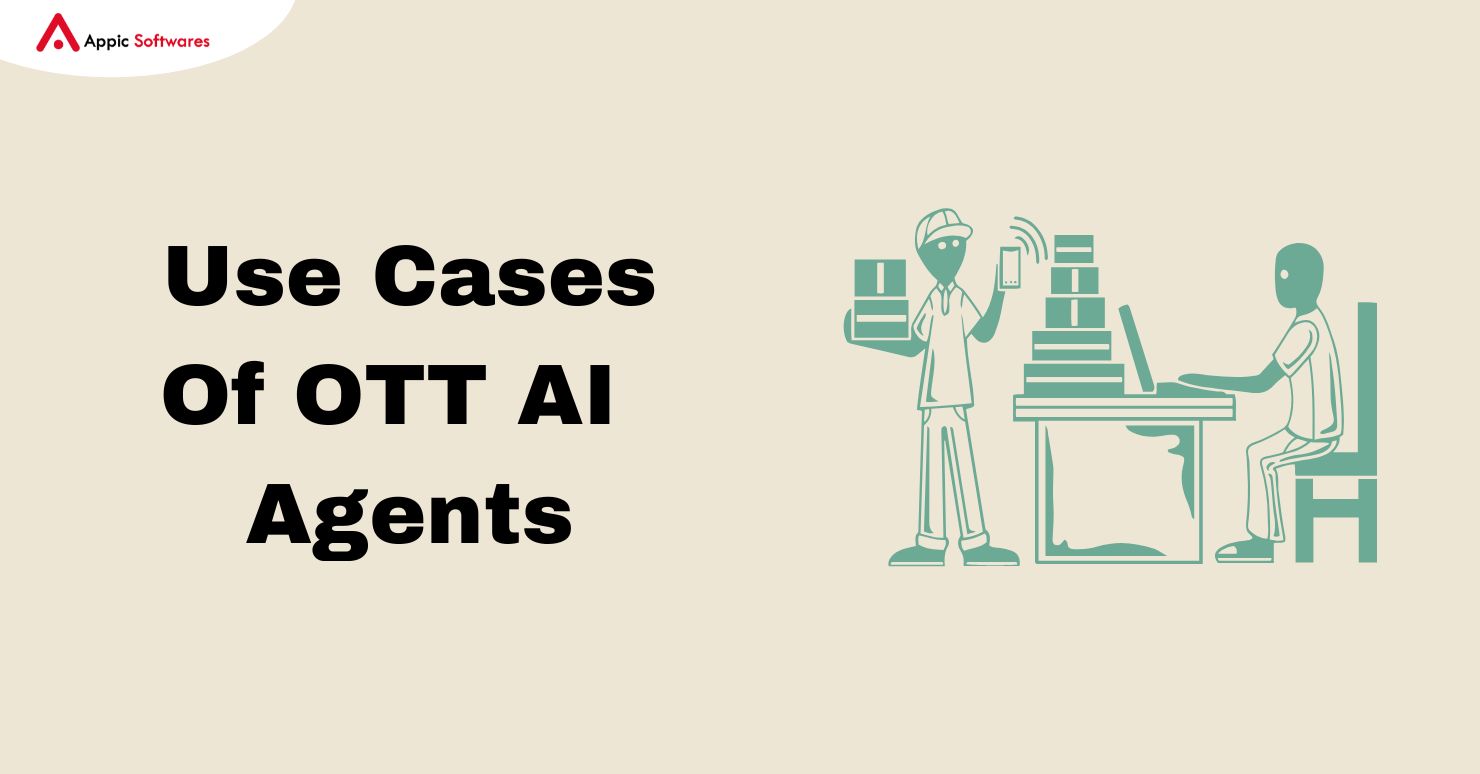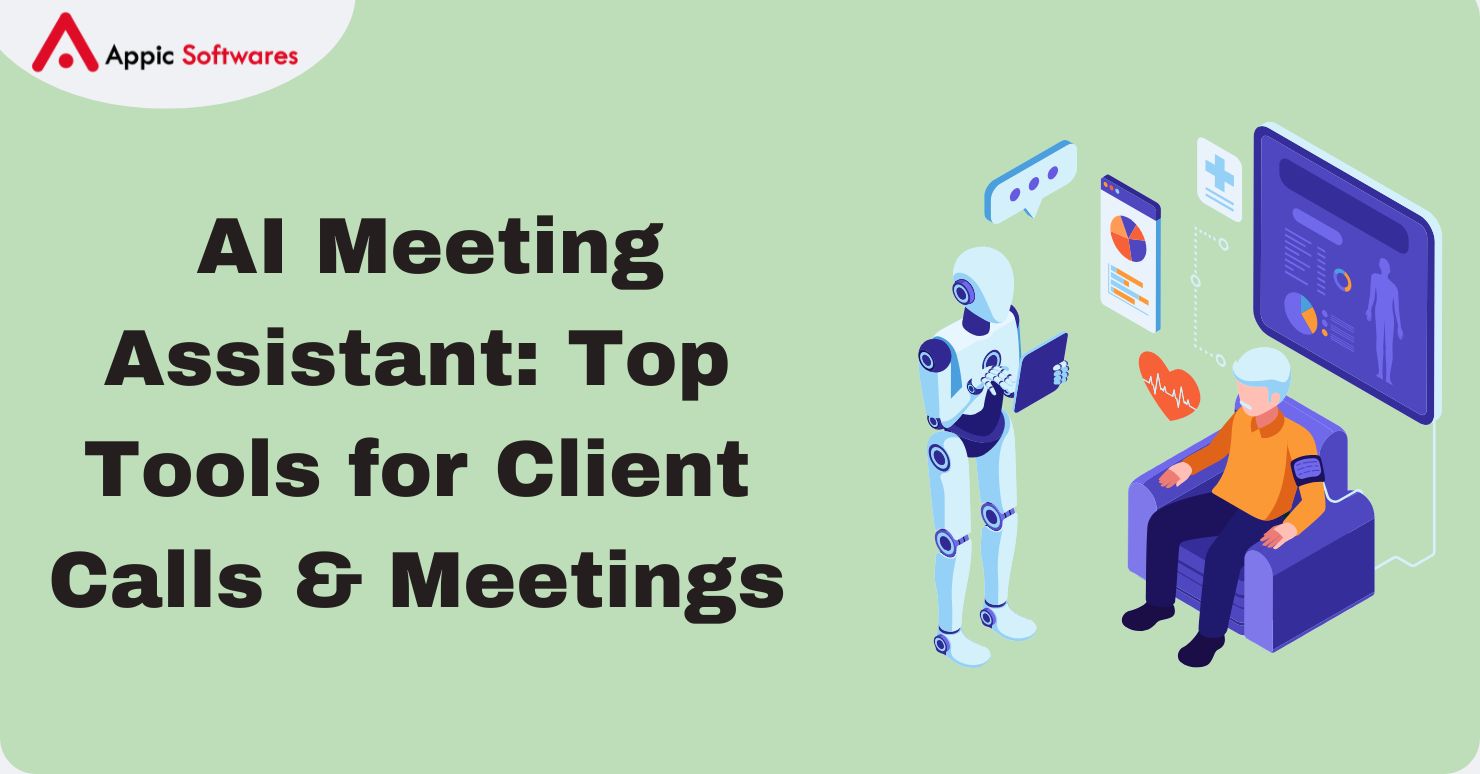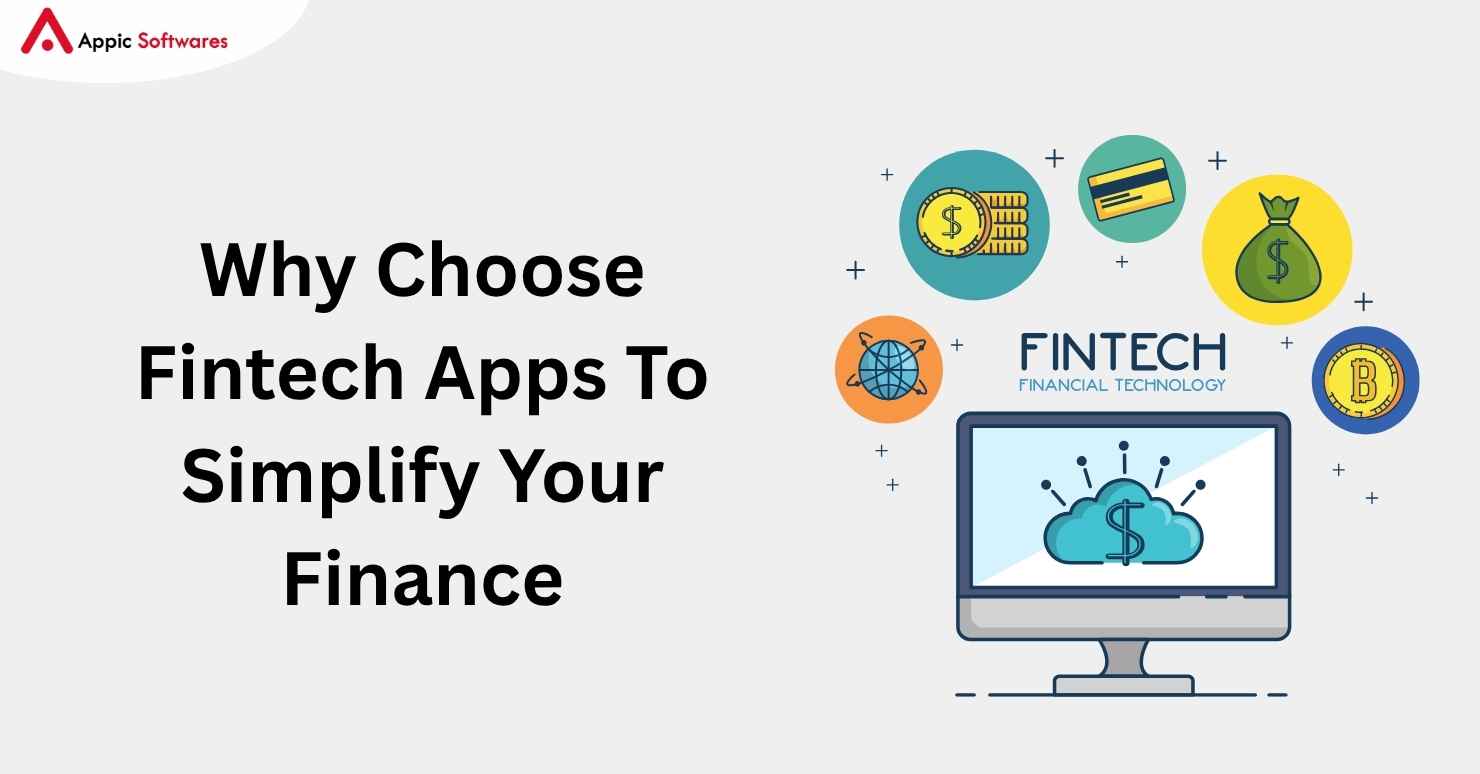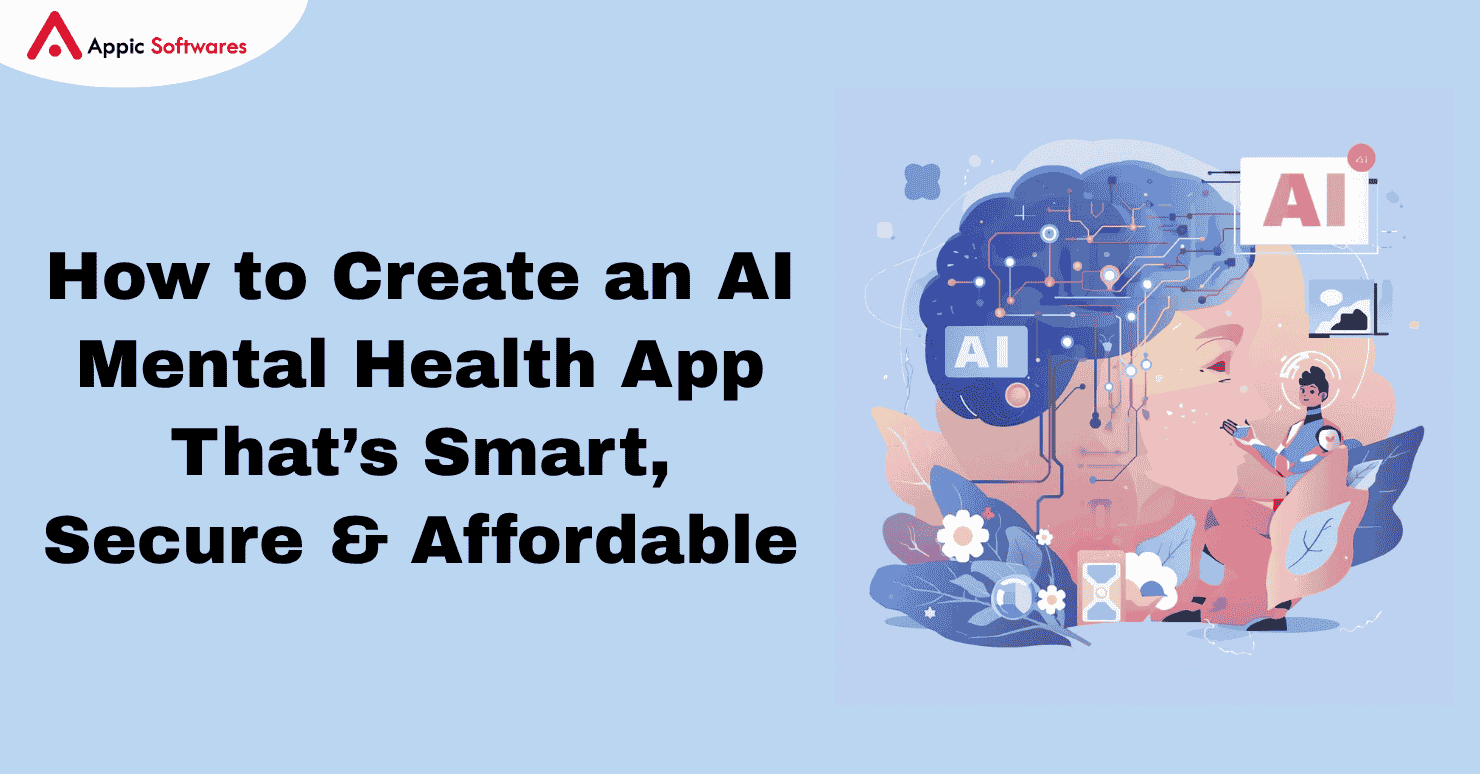
Imagine hunting for a new show and the system picks one you love. OTT streaming AI agents now guide your watch list on streaming platforms. They analyze what you like and serve up fresh films and series. These smart helpers learn your habits, tweak your viewing lineup, and even chat with you about new releases. They cut your time searching and boost your fun. In this article, we’ll discuss what AI Agents in OTT Streaming are, where these tools fit, how they help, and what’s next. Keep reading!
What Are OTT AI Agents?
Over-the-top (OTT) streaming services, such as Netflix, Amazon Prime Video, Hulu, and Disney+, are changing rapidly, and AI agents are a major driver of that change. But what are OTT AI agents?
OTT AI Agents refer to intelligent software systems for the OTT sector that perform automation and optimization tasks by making intelligent (or personalized) decisions based on the situation at hand. Below are the agents that interact with user data, content metadata, environmental logs, and real-time behavior inputs, enabling intelligent decisions across the platform. The OTT industry utilizes various types of AI agents, including recommendation agents that suggest user-specific content, content curation agents that manage libraries, and ad optimization agents that enhance ad relevance.
AI agents are different than the traditional automation tools as follows:
- Contextual Sensitivity: They are aware of the subtleties of user actions.
- Adaptive: They change gradually through learning algorithms.
- Targeted: They work for a purpose, whether it’s increasing engagement or lowering churn.
Different Types of AI Agents Used in OTT
- Recommendation Agents: These agents recommend user-specific content.
- Content Curation Agents: Automatically classify, label, and manage content
- Ad Optimization agents: Provide relevant ads to increase conversions.
- User Trackers: Observe user patterns and predict churn.
- Assistants: Give help and help you discover content.
Augmented with machine learning, NLP, deep learning, and predictive analytics capabilities, these agents make every interaction highly scalable and efficient. A key characteristic of these systems is their classification as autonomous agents in AI, meaning they operate independently to achieve specific goals without constant human oversight.
Read this blog:- Stock Market AI Agent: Development Process, Cost, and More
Use Cases Of OTT AI Agents

Over-the-top (OTT) streaming platforms’ functions have been reinvented by AI agents, changing the entire paradigm of the human experience in Behavior mapping on the frontend and seamless operations on the backend. AI bots that use machine learning, computer vision, and natural language processing (NLP) technology are among the most relevant for the OTT industry and are helping to create a new era of efficiency, personalization, and content intelligence. Below are some prominent examples of AI agents in action:
1. AI-Driven Content Recommendations
The most apparent and impactful function of AI agents in OTT platforms is providing hyper-personalized content recommendations. Our agents constantly traverse large datasets — a viewer’s watch history, genre preferences, user behavior, and engagement metrics (likes, skips, rewatches), device usage, and even time of day — to create a personalized playlist for each user.
For example, Netflix’s AI-driven recommendations engine is said to influence more than 80% of all content watched on the platform. Such high levels of personalization not only increase user satisfaction while reducing content discovery fatigue but also increase stickiness for the platform.
2. Smart Content Classification and Annotation
Manual classification of content is a thing of the past. New AI agents use natural language processing as well as computer vision to process video and audio data, and automatically generate metadata including genre classification, mood indicators, scene setting, and character mentions. Such rich metadata facilitates better internal search algorithms, recommendation engines, and content discovery.
Example Use Case: Automatically classify a movie as thriller, post-apocalyptic, female lead, with a plot twist, etc.—all of which improves recommendation and search relevancy.
3. Contextual and Dynamic Insertions in the Middle of Flow
In the case of ad-supported OTT platforms, ad serving optimization is a critical necessity that cannot be overlooked, even with AI agents. Guest Authors: These agents leverage behavioral insights, user context, psychographic segmentation, and content analysis to serve user-specific, less obtrusive ads relevant to both the viewer’s interests and content tone.
World Benefit: Engaging ads can increase ad views and drive up revenue while ensuring users stay by not showing them irrelevant or repetitive ads.
4. Early User Churn Prediction and Retention
The AI agents track patterns based on user interaction and engagement signals, such as session length, logins per week, and skipped content, to identify users who are most likely to leave the platform. Using predictive modeling, these agents can initiate targeted retention campaigns in the form of tailored content recommendations, push notifications, or even special offers.
Business Value: If OTT services can identify cases of potential early churn, they can also save churned users from unsubscribing, which significantly boosts lifetime value (LTV) considerably.
5. In-Memory Streaming Throughput Booster
One of the greatest challenges OTT platforms continuously face is how to deliver buffer-free, high-resolution content across multiple devices and varying network conditions. AI agents manage this by tailoring bitrate, resolution, and server load balancing in real-time according to the user specs, which include device capability, network strength, and location.
Benefit: As a result, these real-time optimizations lead to smooth playback with minimal buffering and higher customer satisfaction in bandwidth-variable environments.
6. Analysis Of Content Performance Through Data
By monitoring key performance indicators (KPIs) such as audience engagement and drop-off points, audience demographics, and popularity rankings by geographic region, OTT AI agents can deliver granular insights into content performance. They enable content teams to see what works and what doesn’t, and most importantly, why.
Strategic Advantage: These insights can help platforms accurately target their content acquisition, renewals, or on-demand offerings for the appropriate demographics.
7. Large-Scale Multilingual Speech
As OTT content, i.e., Web series and movies, is capturing the attention of the audience globally, it becomes even more important to travel in the content markets with accurate subtitles and voiceovers in diverse languages. Natural language processing (NLP), speech recognition, and AI-generated voices mean AI agents can dub content at scale.
Outcome: Platforms can slash time-to-market for international releases while remaining open and accessible to audiences around the world.
8. Game-based and Interactive Storytelling
Interactive storytelling, making content more engaging with AI Agents in OTT Streaming. This lets them become branching narratives, wherein the viewer can change the plot, characters, and endings—essentially gamifying the viewing experience.
Example: Take Netflix, which leads us to Bandersnatch, a classic case where AI helps adapt and synchronize user choices during the viewing process, bringing participatory content into a new era.
Advantages of AI Agents for OTT streaming
AI Agents in OTT Streaming are not just a tech fad that is due some time, but a true growth, innovation, and efficiency engine across OTT streaming platforms. The advantages of installing AI agents reach far and wide, covering the entire digital streaming ecosystem, from improving viewer satisfaction to lowering business operation costs. AI agents provide significant advantages to OTT platforms, driven by their robust AI agent features, such as adaptability and predictive capabilities. Let’s take a deep dive into how AI agents provide real value to the user and the platform provider:
Highly Personalized User Experience Which Drives Higher Loyalty
Narrative-generating user involvement is the key to the success of any OTT platform. By integrating dozens of data points, including past viewing behavior, content ratings, session frequency, time of access, and device usage, AI Agents leverage hyper-personalization. This translates into smart content recommendations, personalized playlists, and curated carousels exactly the way each user likes.
Operational-Driven Automation
Practical tasks such as content classification, release scheduling, tracking user behavior, and conducting audience segmentation are very labor-intensive. With NLP, machine learning, and pattern recognition, AI agents automate these workflows, eliminating the need for people to perform repetitive manual tasks.
Gains in Efficiency: The reallocation of time and talent on the team will help focus on more strategic initiatives and achieve accuracy with speed for critical backend functions.
Better Discoverability of the Content and Viewer Interaction
Content fatigue — the inability to find something worth watching — is a leading cause for viewers leaving a platform. Amazing AI agents in the background constantly surface relevant and frictionless content based on micro-level viewing signals, meaning the user will never miss a show or movie they’re interested in.
How it matters: Discovering content smarter results in more hours per viewer, and content becomes stickier with a lower risk of subscription churn.
More Effective Ad Monetization With Targeted Advertising
AI Agents in OTT Streaming are pivotal between OTT platforms for ad-supported models when it comes to effective monetization. These treasurers will examine user demographics, behavior patterns, the type of device the user is using, and the emotional tone of the content being scanned to deliver ads that are more contextual and less bothersome.
Benefit for business: More CTR, more advertiser satisfaction, more yield from the ad inventory. —without worrying about degrading the end-user experience.
A Scalable and Budget-Friendly Global Localization Process
When OTT platforms reach their nadir, localized experiences are inevitable. Whether this includes multilingual dubbing, subtitling, translating user interfaces, or culturally relevant content, all of this can be streamlined and automated with the use of AI Agents in OTT Streaming. Localization efforts can scale quickly and at a fraction of traditional costs with the help of NLP and voice synthesis tools.
Worldwide Reach: Platforms can easily enter new markets and cater to a variety of demographics without increasing human translation needs or adding to operational headcount.
The Need For Data-Driven Business Decisions
AI Agents in OTT Streaming act as analytics engines, turning real-time and historical viewer data into actionable insights. These insights drive many important decisions, including which shows to renew, what content appeals to non-subscribers within key demographics, when to launch a series, or how to calibrate marketing.
Data-backed confidence in high-stakes decisions empowers content teams and executives to make strategic leverage, leading to improvements in ROI across the content development and distribution strategy.
Substantial Reductions in Operational Costs
Whether it is decreasing OPEX through dynamic bitrate optimization based on bandwidth consumption or streamlining costs in content processing, AI Agents in OTT Streaming help reduce overall expenditure in all aspects of operational expenditure. More automated quality checks, metadata tagging, churn predictions, and customer support bots can also make them leaner.
As an Outcome, OTT solutions are scalable, responsive to demand, and can provide a homogenized experience with all the saved tasks/resources time and budget returning to the innovation and growth cycle.
How to Create An OTT Streaming AI Agent?

AI Agents in OTT Streaming are built on many layers, each involving a combination of data science, software engineering, and domain intelligence. The idea is to build an end-to-end solution that can work on its own or with little human intervention to address problems such as content recommendation, identifying optimal stream quality, and churn prediction. A critical aspect is understanding what AI agents are composed of, including components like data processing units and decision-making algorithms. Here’s how it works:
Establish the Fundamental Goal of the Agent
Defining Your Goals The first stage of the development process is to define what you desire the AI Agents in OTT Streaming to do. As OTT works across different functionalities, the agent role has to be in place with a defined use case.
Some common goals include:
- Proposing content to the user based on their viewing behavior.
- Biased and inserting ads to maximize ad revenue.
- Predicting churn to take timely action to avoid churn
- QoE-driven real-time video quality adaptation.
- Metadata management and enrichment process to enable better search and categorization.
Having this clarity is essential to know what data you will require and what algorithms you will use in the next phases. For many platforms, partnering with an AI agent development company provides the expertise needed to navigate this complex process efficiently.
Gather and Prepare Data That Might Be Useful
It works perfectly with every AI agent, but data is the fuel. After that, your main aim should be to gather high-quality, relevant data from various sources within your OTT ecosystem.
Typical datasets include:
- User Watch History: Enabled and disabled logs of what users are watching, when they watch, and how long they watch.
- Content Metadata: Tags, genres, description, actors, etc., attributes of the content.
- Engagement: number of likes, number of shares, number of comments, number of replies, and time spent.
- Clickstream Data: Fine-grained logging of user activities on the platform
The data is usually collected from various sources and needs to be preprocessed, which includes removing inconsistencies, anonymizing it for privacy standards, and normalizing the data to train machine learning models.
Select and Train the Appropriate Model
The right AI or machine learning model is entirely contingent on what the agent does. Depending on the context, different kinds of models can be applied:
- Collaborative Filtering — great for recommendation engines, where you recommend an item to a user based on similarity (similarity between users or similarity between items)
- Convolutional Neural Networks (CNNs) perform well in visual analysis; they can be used for understanding scenes, emotions, or NSFW content.
Design the Agent Architecture
To be primitive, a functional AI agent in OTT Streaming consists of three modules that take input data from the real world, make intelligent decisions based on the data, and control a function to produce output (environmental effects). The model for OTT AI agents essentially boils down to 4 components, which is true for most of the industry AI Agents in OTT streaming, by the way:
- Perception Layer: It takes an input through APIs, data pipelines, or sensors. These might be user behaviors, stream metrics, or engagement details.
- Decision Module: This is where we would have our pre-trained ML or DL models that review the input and make a wise decision.
- Action Module: Performs Actions like updating the UI, changing content recommendations, or removing an ad.
- Successful simulations Feedback Loop: Tracks the results of actions and adapts the model for future decisions based on new data – Enables continuous learning and improves performance
This modular design ensures that you can upgrade quickly as your platform and number of users grow.
Enable the OTT Platform to Devour the AI Agent
After designing the architecture and creating the models, the agent needs to be plugged into the existing OTT infrastructure. And this is what APIs, SDKs, and platform connectors are for.
Integration involves:
- Providing the AI Agents in OTT Streaming access to the library of content for tagging, recommendations, or dubbing.
- Hooking up to user analytics dashboards to fetch live data for on-the-spot decision-making purposes.
- Interacting with streaming protocols such as HLS (HTTP Live Streaming) or MPEG-DASH to dynamically affect playback behavior.
At this stage, particularly for the deployment of agents interacting with live or user-sensitive data, low-latency performance and secure data handling are of primary importance.
Observe, Assess, and Iterate
Just like spam detection, AI Agents in OTT Streaming are not set-and-forget systems. Once deployed, they need to be continually monitored to assess their impact and iteratively improve their performance. Though the exact performance metrics will depend on the function of the agent, it might include the following −
- Recommendation quality (CTR, viewing duration).
- Churn reduction rate.
- Ad engagement statistics.
- Streaming buffer and player quality stats
To avoid model drift, it is necessary to retrain AI models regularly on new data. Moreover, the integration of A/B testing frameworks enables developers to experiment with different models, thresholds, or logic structures to further refine outcomes.
What Is The OTT Streaming AI Agent Development Cost?
Development cost of AI Agents in OTT Streaming: This varies based on type, complexity, and how the OTT AI is deployed.
| Component | Estimated Cost (USD) |
| Requirement Gathering & Design | $2,000 – $10,000 |
| Data Collection & Preprocessing | $3,000 – $25,000 |
| Model Development | $1,000 – $15,000 |
| Backend & API Integration | $1,000 – $10,000 |
| Cloud Infrastructure | $2,000 – $10,000 annually |
| Testing & QA | $1,000 – $10,000 |
| Total Estimated Cost | $10,000 – $80,000 |
More Cost Influencing Factors:
The Cost of the AI Agent You Are Creating: A recommendation engine is much cheaper than a complete interactive voice assistant.
- Platform Size: The infrastructure is getting bigger to serve the millions of users, and the model also becomes more complex to train or work with.
- Maintenance & Upgrades: A dedicated team of ML engineers and DevOps support will be needed to continuously enhance the model.
You can lower these expenses by using a pre-trained model, an AI-as-a-Service platform (such as AWS SageMaker, Google AI, or Azure AI), or by getting in touch with AI development companies that specialize in OTT solutions.
Final Thoughts
AI Agents in OTT Streaming are not improving OTA platforms — they are reinventing them. Churn reduction, hyper-personalization, and more informed content production decisions — AI agents are the quiet workhorses behind our most binge-worthy moments.
For streaming platforms that want to maintain their competitive edge, integrating AI agents is no longer a matter of choice; it is imperative.
An AI agent is a basic service to serve your customers, but if you’re an OTT startup or an established streaming giant, the right one can take your OTT service from good to great.
From hyper-personalized recommendations to real-time churn prediction and smart localization—AI agents can revolutionize your streaming experience.
Partner with Appic Softwares—the leading OTT app development company— to integrate intelligent AI solutions into your platform.
Let’s build the future of streaming together. Contact Us Now or explore our OTT development services.
FAQs
1. What is the role of AI agents in OTT streaming?
AI agents in OTT platforms perform tasks like content recommendations, ad optimization, churn prediction, and multilingual support using machine learning, NLP, and analytics to enhance viewer engagement and reduce operational costs.
Q2. Are AI agents suitable for small or mid-sized OTT platforms?
Absolutely! AI agents can be tailored to any scale. Even smaller platforms benefit from personalized recommendations, dynamic streaming adjustments, and efficient content tagging—improving user retention and reducing manual effort.
Q3. How long does it take to implement AI agents in an OTT app?
Depending on the complexity and goals, it may take anywhere from 6 to 12 weeks to implement basic AI functionalities like recommendations and ad targeting. More advanced features like voice-based agents or dynamic localization may take longer.
Q4. What’s the average cost of building AI agents for OTT platforms?
The development cost varies based on features but typically ranges from $10,000 to $80,000, considering AI integration, backend architecture, and scalability needs.








